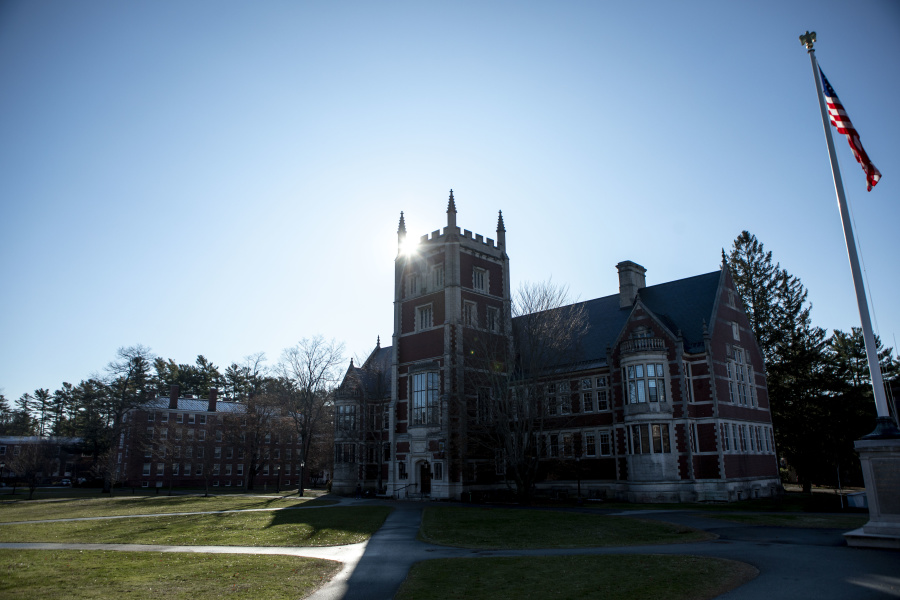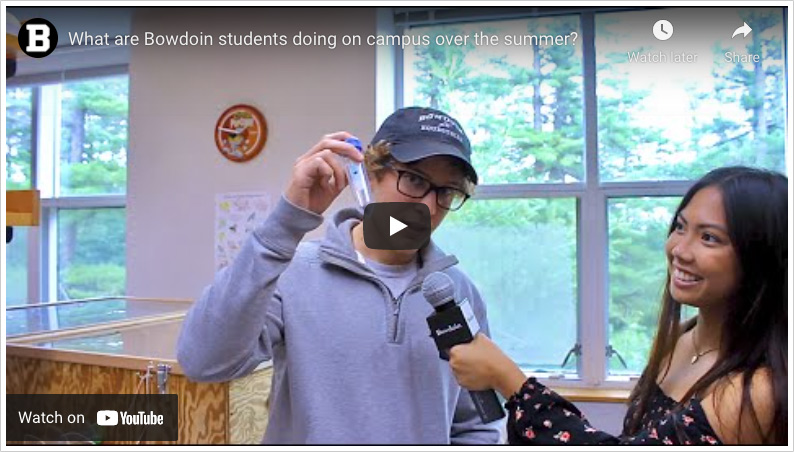Tweeting From Greenland: Bowdoin Archaeologist Shares Stories from the Field
Friday morning in the early summer snow at Thule, Hans and John clean off the truck. pic.twitter.com/ldEftDeg7w
— Iita Archaeology (@IitaArchaeology) June 24, 2016
In a recent tweet, archaeologist Genevieve LeMoine shares a photo of a pick-up truck covered with a dusting of early-morning snow. Although it is late June, she is far enough north in Greenland to still be dealing with wintery conditions.
The team will be excavating Iita (or Etah), which might reveal clues about the mysterious disappearance of the Dorset people around 1200 or 1300 AD. At that time, migrants known as the Thule moved in from the west and occupied the land.
Because the archaeological record is so scanty in the high Arctic, where soil that could preserve ancient clues doesn’t accumulate, it is unclear whether there was contact between the Dorset and the Thule. The Iita site may hold the answers because of its unique soil conditions. Looming over the site are high cliffs that regularly dump earth onto the land below.
“One of the holy grails of archaeology is to find out if the Dorset and Thule people were in contact, and that is a very difficult thing to prove,” LeMoine said in an interview before leaving for Greenland. “But this site seems to be one of the kinds of sites that would be able to do that, perhaps, if it in fact happened.”
The NSF grant comes at a critical moment because Iita’s archaeological remains are in danger of being eroded away by a turbulent sea. “With less and less ice, and more stormy weather in the fall when there isn’t any ice, the bank has been eroding,” LeMoine explained. Since 2006, substantial areas of the shoreline have washed away.



